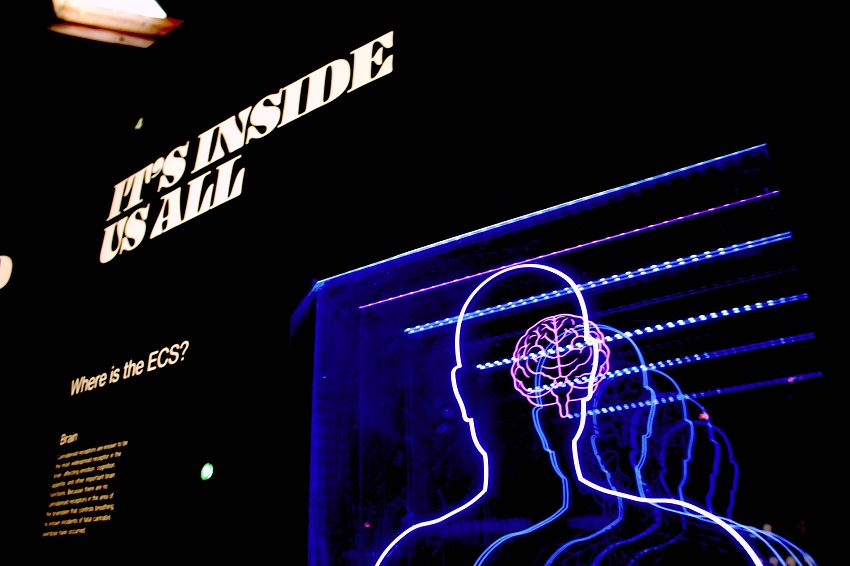
Cass Sunstein, author of the classic behavioural economics book “Nudge,” has a new book, “Sludge,” and it seems fitting to mark the occasion with a discussion about dark patterns and sludge in the world of finance. Dark patterns and sludge are common in video games and marketing and can also be found in the design of some financial products and services.
A dark pattern is a user interface or product design that is engineered to coerce users into doing something they would otherwise prefer not to do. Four-packs of yogurt when there are 5 school days in a week nudge parents to buy more than they want. Pop-up ads that hide a miniscule ‘close’ button in a corner and make the link to the website look like an exit button are frustratingly common. In video games, ‘grinding’ makes a player invest hours into building a character’s abilities before real game play is possible. Hours in the game are habit-forming and can contribute to addiction.
Dark Patterns and Gamification
One Princeton University study analysed online shopping sites and found more than 1,800 instances of dark patterns, representing 15 different types. In financial products, dark patterns can take the form of exorbitant interest, expensive surrender clauses or hidden fees. Obvious offenders are payday loans and predatory rent-to-own schemes, but there are many other forms dark patterns can take. Misdirection, obscured pricing, misinformation or intentional obfuscation, and hidden costs are all common dark patterns.
Today, any adult with a bank account can set up an investment portfolio, making it the most level playing field of all time. While access and affordability are welcome developments, easier to invest means easier to lose, and the standard of regulation is “buyer, beware”.
In financial technology, dark patterns can make very risky, complex investments seem like a game. Financial technology firms are competing for market share through increasingly engaging design and gamification. These user interfaces are often carefully designed (using behavioural scientists like myself) to make them as easy and fun to use as possible. That might sound like a positive development, but consumers need to be on the lookout for the more nefarious elements of product design.
It can sometimes be difficult to identify dark patterns in financial products and tech because whether something is a “feature” or a “dark pattern” may depend on the user’s knowledge and needs. For example, an investor with advanced knowledge may find the ability to short equities a very useful tool. A rookie investor could make expensive mistakes for lack of knowledge. The ability that some applications give to trade on the margin makes investing even riskier, and there is no minimum requirement for knowledge or experience.
Keep Both Eyes Open
As research into dark patterns continues, no doubt we will see more and more tools for recognising them and flagging problematic products and services with ease. We will one day be able to have AI scan the terms and conditions of a product or service and report dark patterns in milliseconds. This is not possible today.
For now, investors must educate themselves about how both financial and technological products are constructed and scrutinise the marketplace for products that are transparent and sludge-free. You wouldn’t sit down at the blackjack table with borrowed money and no knowledge of the game. Don’t do it with your investments, either.








.jpg)











